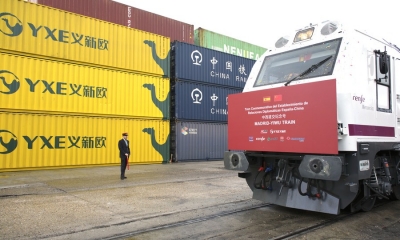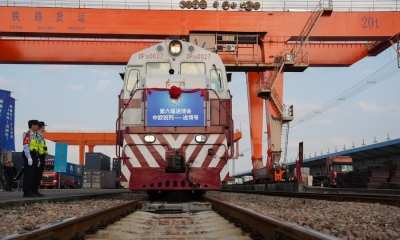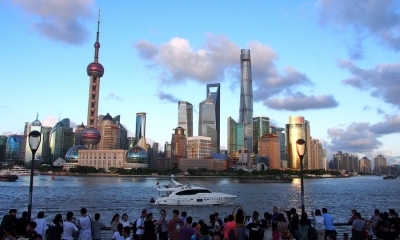China-Iran Cooperation a Win-Win Vision for the Middle East
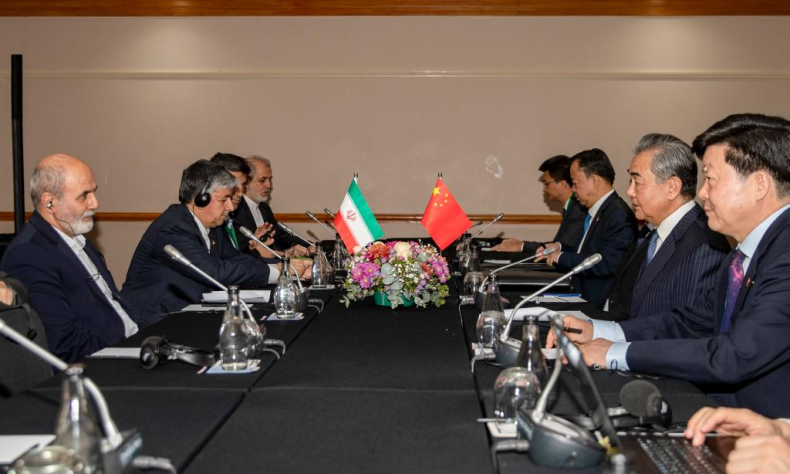
China seeks to bring countries together in order to pursue ‘win-win’ results rather than using sanctions or forcing countries to ‘take sides.’
China’s top diplomat Wang Yi recently met with Secretary of Iran’s Supreme National Security Council Ali Akbar Ahmadian in Beijing. During the meeting, Wang said China is willing to strengthen communication and coordination with Iran to implement the important consensus reached by the two heads of state and promote the steady and long-term development of bilateral relations.
Wang also stressed that China is willing to strengthen synergy with Iran on the implementation of the China-Iran comprehensive cooperation plan, and advance Belt and Road cooperation.
For the Belt and Road Initiative (BRI), Iran is a critical strategic partner. It sits as a bridge between East and West. Therefore, it serves as a conduit for the meeting of peoples, cultures, and goods. The country has long been a gateway to central Asia, making it an extremely important player in the historical silk road that saw commerce flow westwards into Europe and the Middle East.
Likewise, this geographical positioning makes it a key player in the BRI through its ability to connect the two continents. But there are other considerations too that factor into this bilateral relationship.
As stated by Wang Yi, China supports Iran’s endeavor to maintain its own national sovereignty and opposes third-party interference in its internal affairs. Iran has long been subject to conflict and unrest caused by the United States and its allies, who have sought to politically dominate the country in order to access its energy markets. In recent years, the U.S. has refused to comply with the UN-brokered Iran nuclear deal and has imposed crippling unilateral sanctions on Tehran in a bid to coerce it into extra-legal terms and conditions, even though it was in compliance with the deal.
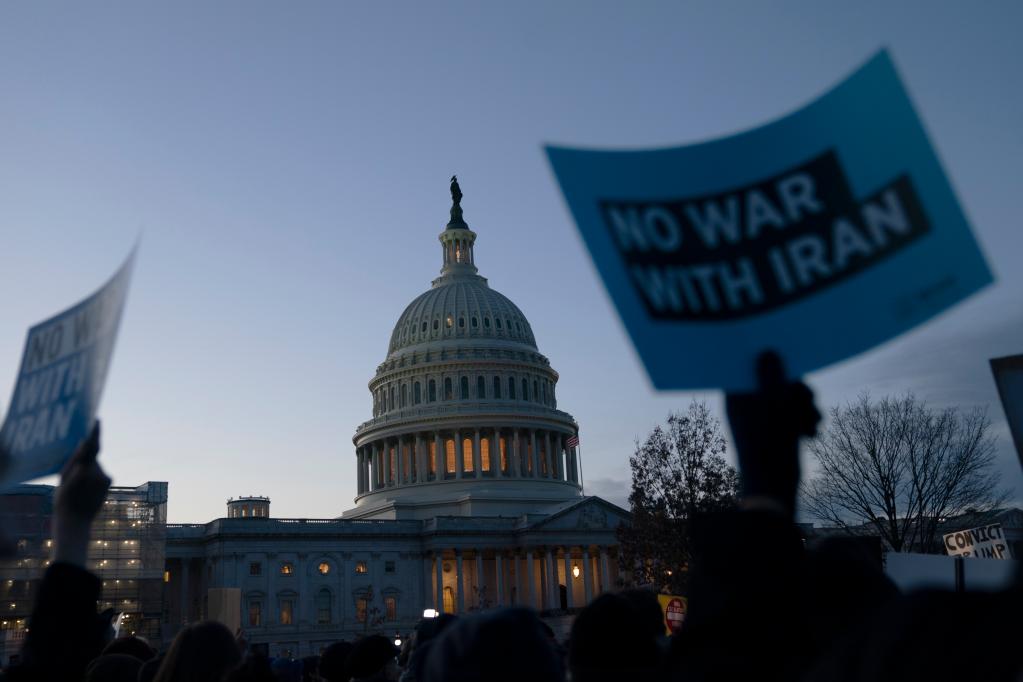
However, China seeks to bring countries together in order to pursue “win-win” results rather than using sanctions or forcing countries to “take sides.” As such, it provides a critical balance through a partnership with Iran by playing an active role as a peacemaker and mediator in regional disputes.
Moreover, China brokered a normalization of ties between Iran and Saudi Arabia, as its vision for the Middle East concerns promoting peace and regional integration in order to facilitate economic development. This aligns with the objectives of the Belt and Road Initiative, which has developed into a beacon of economic growth for the more than 150 countries that are a part of it.
China’s status as Iran’s top trading partner, as well as its time-tested and diversified support, such as their 25-year cooperation agreement signed in 2021, have all been a manifestation of the former’s view to helping Iran live up to its potential as an intercontinental gateway, and thus better integrate with the countries around it.
This offers an alternative future for the Middle East based on multilateralism, multipolarity, and win-win cooperation. It also promotes the idea that nations in the region can resolve their differences, establish peace, and, therefore, integrate economically.
 Facebook
Facebook
 Twitter
Twitter
 Linkedin
Linkedin
 Google +
Google +




